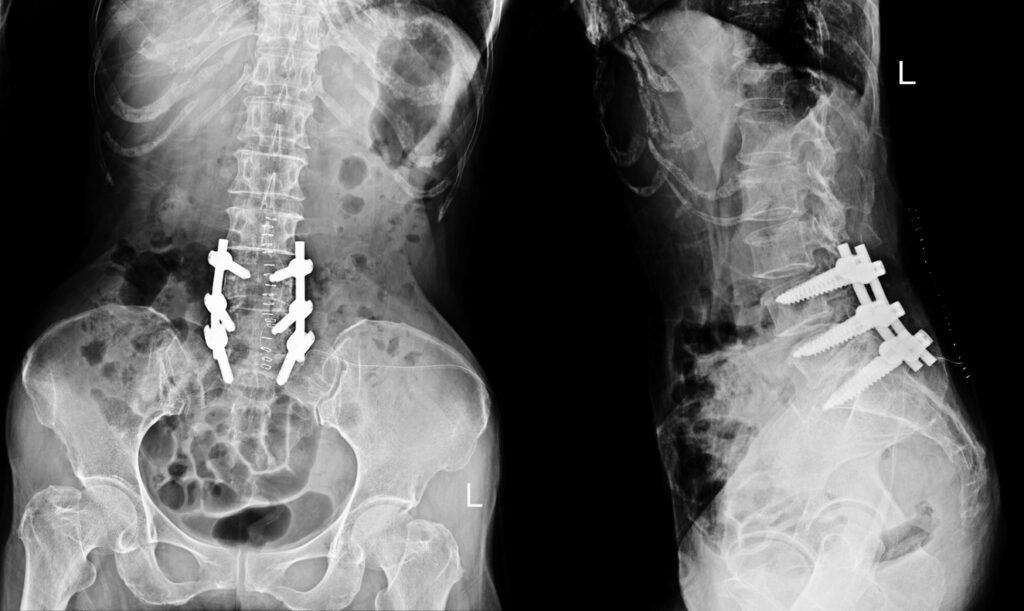Spinal fusion is often recommended for chronic low back pain, degenerative disc disease, or lumbar instability. While it can be life-changing for some, lumbar fusion is irreversible and carries significant risks—adjacent segment degeneration, reduced mobility, and unpredictable long-term outcomes.
For patients seeking alternatives, medical massage offers a conservative, non-invasive path that supports spinal health, reduces pain, and may delay or even prevent the need for surgical intervention.
🔍 Why Lumbar Pain Persists
Lumbar pain is rarely caused by a single structural issue. It often stems from a complex interplay of:
- Myofascial dysfunction
- Neuroinflammation and nerve root irritation
- Compensatory movement patterns that overload adjacent spinal segments
💆♀️ How Medical Massage Supports Spinal Health
Medical massage addresses these contributors through targeted, evidence-informed techniques:
- Releasing compressive muscles
- Hypertonic iliopsoas, quadratus lumborum, glutes, hamstrings, adductors, and quadriceps can compress lumbar discs and narrow foramina. Releasing these muscles decompresses the spine and relieves nerve root pressure.
- Reducing guarding and spasm
- Restores segmental mobility and alleviates pain.
- Improving circulation
- Enhances tissue nutrition and reduces local inflammation.
- Modulating the nervous system
- Activates parasympathetic tone and downregulates pain signaling.
- Preserving adjacent segment health
- Prevents overload above and below a fusion site, especially in post-op care.
📚 Evidence Snapshot
Recent studies support massage therapy as a viable conservative strategy:
- Pain Medicine (2020): Massage significantly reduced chronic low back pain and disability.
- BMJ Open (2023): Massage ranked among the most effective conservative treatments for chronic low back disorders.
- MDPI (2023): Fascial Manipulation® improved pain and range of motion in lumbar disc herniation.
👥 Ideal Candidates for Medical Massage
Medical massage may benefit individuals with:
- Non-specific low back pain
- Mild-to-moderate disc degeneration
- Failed conservative care seeking alternatives
- Post-operative patients protecting adjacent segments
🔗 Integration for Best Results
Massage therapy is most effective when integrated into a broader care plan that includes:
- Movement therapy (e.g., yoga, calisthenics, corrective exercise)
- Patient education on posture, ergonomics, and self-care
- Collaborative care with physical therapists, physicians, and wellness professionals
If you're exploring conservative options for lumbar pain or post-surgical support, medical massage may offer a clinically grounded, patient-centered path forward. Let’s keep the spine moving, nourished, and resilient—without rushing to fusion.

